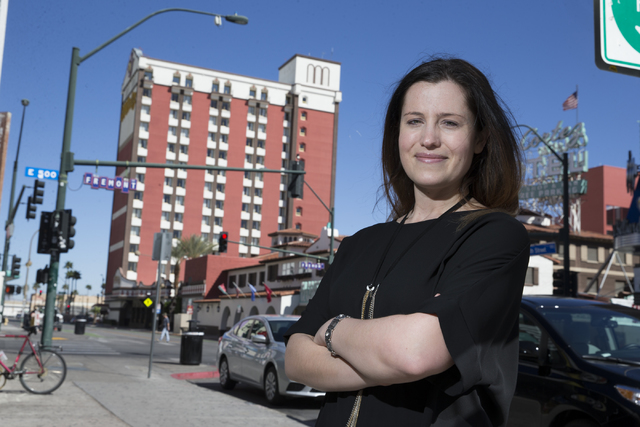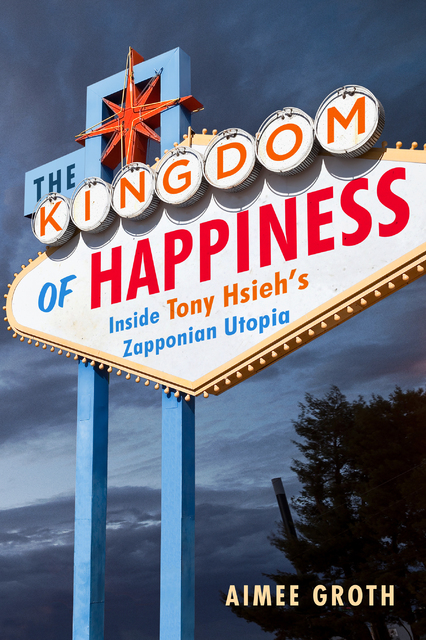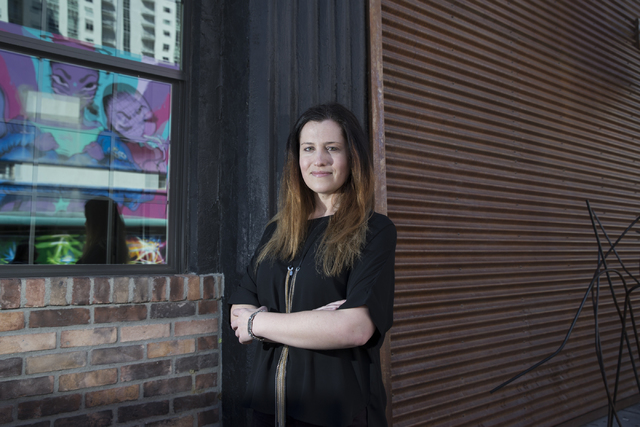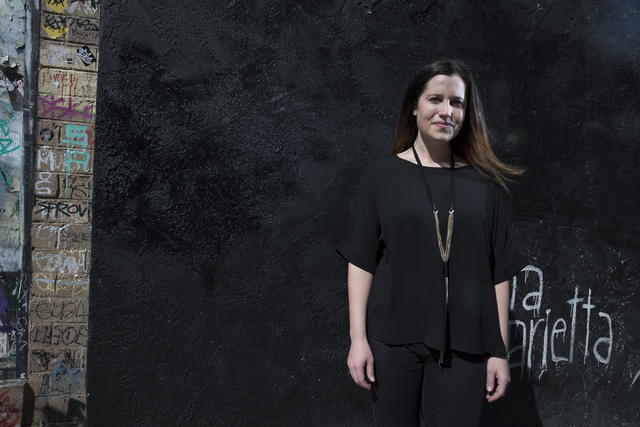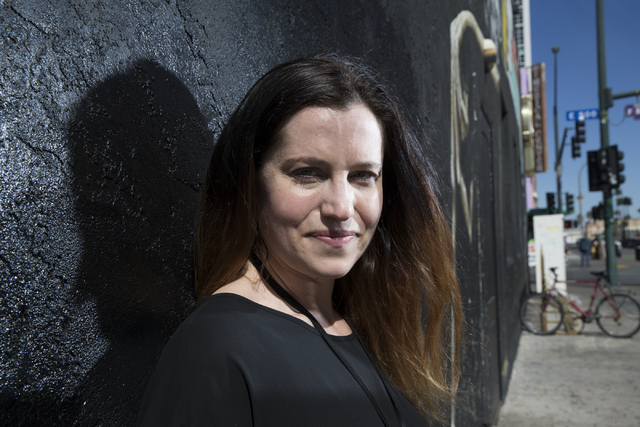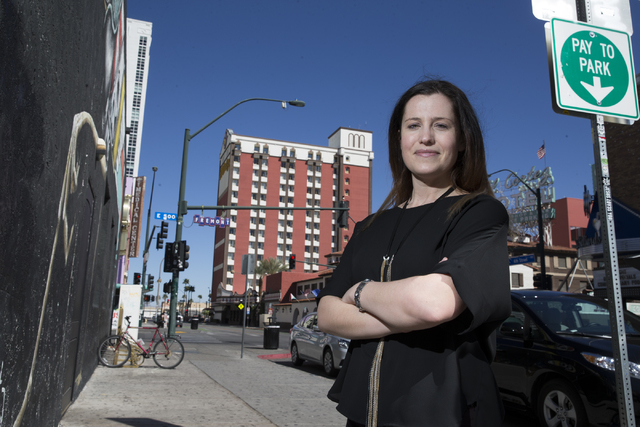A peek inside the Downtown Project with Aimee Groth
It was an audacious goal by any measure: to revitalize downtown Las Vegas in a new way, using new principles, all in just five years’ time.
Tony Hsieh, CEO of Zappos.com, invested a reported $350 million into the Downtown Project, which sought to revitalize and create a sense of community in downtown Las Vegas. With Hsieh’s encouragement, journalist Aimee Groth spent more than four years following the project, enjoying access to Hsieh and his lieutenants and confidants, and the employees and aspiring entrepreneurs who became part of it.
Groth tells her story in “The Kingdom of Happiness: Inside Tony Hsieh’s Zapponian Utopia” (Touchstone, $27). Though she judges the Downtown Project as unsuccessful — relative to the heights that it had aspired to, anyway — and even disillusioning, she gives Hsieh credit for his willingness to take on the project in the first place.
Groth calls her book the product of “an evolution, from someone who just really bought into it and then turned into more of a skeptic.”
MORE THAN BUSINESS
“I see it partially as a memoir,” Groth said of her book. “I mean, it could be filed under psychology or sociology. I think it crosses genres.”
She started reporting on the Downtown Project in 2013
at age 29.
“I was always drawn to the psychology. That was the most interesting aspect to me,” she said. “Unlike other (reporters) that came through the downtown, I never saw this as an urban planning experience, or that it should be measured against other urban planning experiences. I thought of it as a social experience first.”
“The Kingdom of Happiness” covers Zappos’ adoption of holacracy, or jettisoning a traditional corporate hierarchy in favor of self-organization. There are stories of downtown business owners whose ventures survived and failed, and stories of what happened to utopia-seeking dreamers when utopia wasn’t realized.
And there’s Hsieh. “I think that he went into this project with good intentions,” she said. “I think that he’s never experienced failure in his life until now, so I’ll be very curious to see what he does with it over the next few years.”
A spokeswoman for the Downtown Project said last week that Hsieh was out of the country and unable to be interviewed. However, the Downtown Project released a statement: “Several Zappos employees, including Tony, have reviewed the book and have collectively noted well over 100 pages that we believe contain inaccuracies, misrepresentations, or flat out false statements throughout the final version. As a result, the book is not representative of Zappos or Tony or many others mentioned in the book, and is not officially endorsed by the company.”
THE OUTCOME
Although the Downtown Project hasn’t met the lofty aims voiced at its outset, Groth gives credit to Hsieh for what he has been able to do.
“I think that if you walk downtown you’ll see that the area has improved. I would say there has been an upgrade,” she said.
Owners of businesses that received financial support from the project “got an opportunity they never would have gotten in terms of investment money,” Groth added. “And a lot of people got a lot of life experience.”
Meanwhile, “I know there are other cities that are in touch with the Downtown Project,” seeking to learn lessons from it, she said. “So I think it’s an ongoing conversation, and I’d be very interested to see what happens five years from now,” Groth said. “Maybe they’ll accomplish their mission in 10 years.”
And, from a broader, more personal perspective, Groth said, “the book is about pursuing your dream, really. Everyone comes to Las Vegas to pursue a dream. My dream was to write this book.”
Contact John Przybys at jprzybys@reviewjournal.com or 702-383-0280. Follow @JJPrzybys on Twitter.




